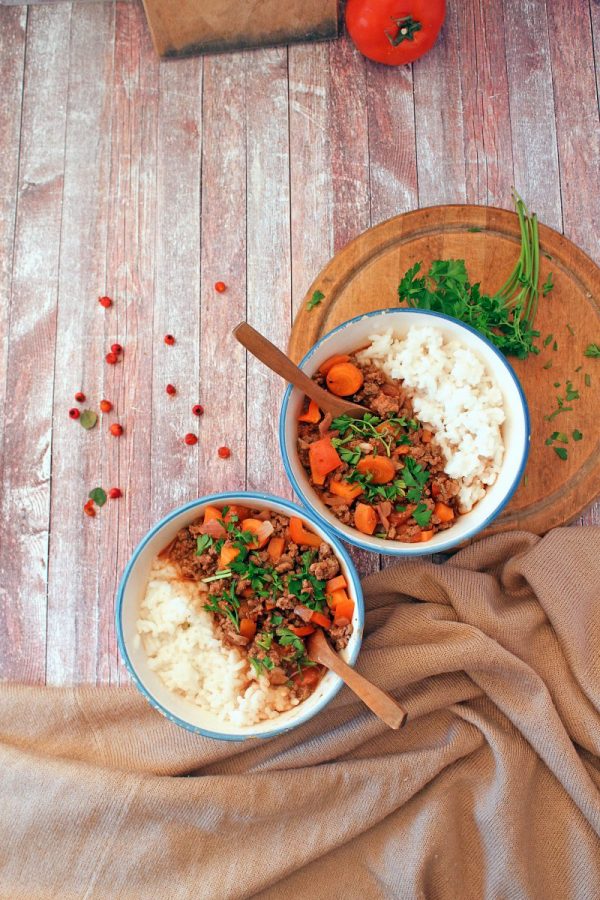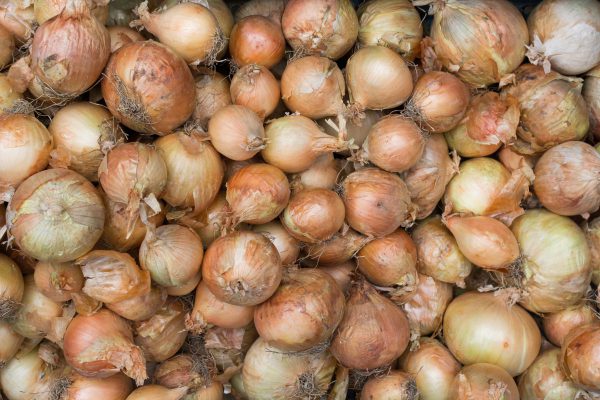Ingredients
- 4 italian tomatoes (plum chopped)
- 3 garlic (cloves peeled)
- 2 sprigs thyme
- 2 bay leaf
- 1,800 gr chuck steak
- 350 gr onions thinly (sliced)
- 280 gr carrot thinly (sliced)
- 240 ml beef stock
- 60 ml water
- 60 ml olive oil
- 45 ml wine vinegar (red)
- 22 ml beef stock (cold)
- 16 ml olive oil for browning meat
- 8 gr salt
- 8 gr all purpose flour
- 3 gr pepper (crushed)
DAY 1 Remove surrounding fat from meat and cut into pieces according to its natural muscle separations, trimming as you go, finally cut into 1- half inch chunks. Toss meat into an enameled or stainless casserole with all DAY 1 items listed above. Cover and refrigerate overnight.
DAY2 Remove meat chunks from casserole. Dry with paper towels. Transfer vegetables and marinade to a medium frying pan and cook over moderate heat until onions are translucent. Meanwhile set a large frying pan over moderately high heat and add the oil. Cook meat in batches until browned being careful not to crowd meat. Return meat to casserole and strew the cooked vegetables and marinade on top along with tomatoes and bay leaves. Discard fat from pan in which meat was browned, deglaze with water, add to casserole. Add beef stock and wine to almost submerge the ingriedients.
DAY 3 Bring stew to a simmer on stove top. Then, set it covered in a 150ºC oven so that it barely bubbles. It will take about 2- half hours to become fork tender. Cool and refrigerate overnight.
DAY 4 Remove from refigerator and skim fat from the surface and discard. Reheat the stew and then strain hot cooking liquid into a nonreactive sacuepan, pressing on the vegetables which will have disentegrated. Taste sauce for strength and seasoning. Boil down quickly if it seems weak; you should have 2- half cups. If the sauce seems too liquid you will need to add a slurry or flour and beef stock dribbled with hot sauce. Once you have checked for seasing again, the stew is ready to serve. If you are not serving right away, cool the stew and press pastic wrap on it and refrigerate. Rewarm slowly before serving.
You might finish the stew with two dozen small braised onions, several large spoonfuls of sauteed mushrooms and two cups or so of braised cut carrots, turnips, plus freash peas and green beans, simmering together briefly before serving.
Recipe by Julia Child. Adapted for electronic use by Jonathan Shanes.

